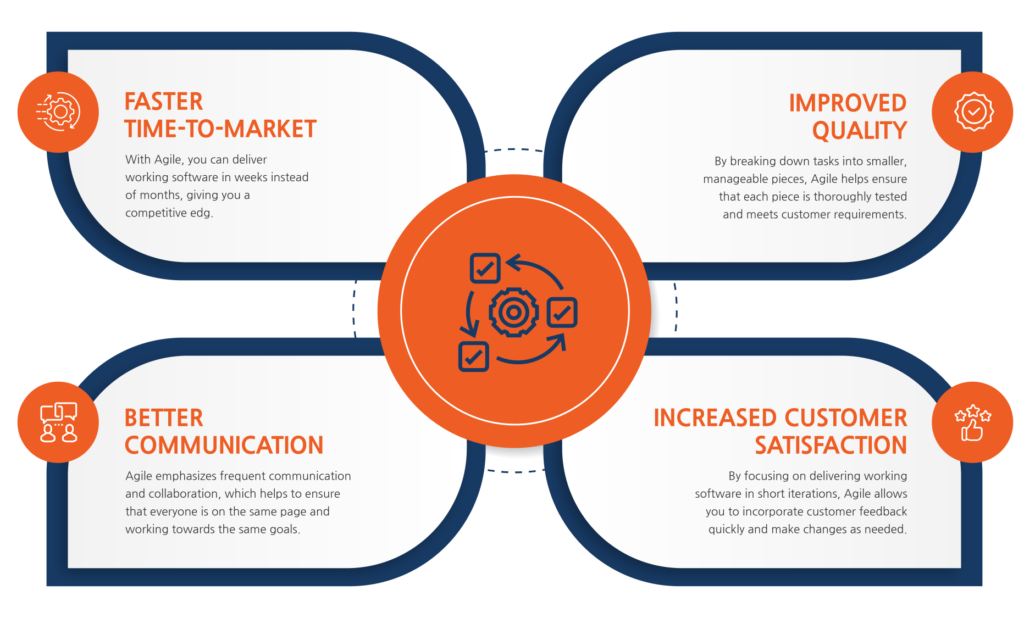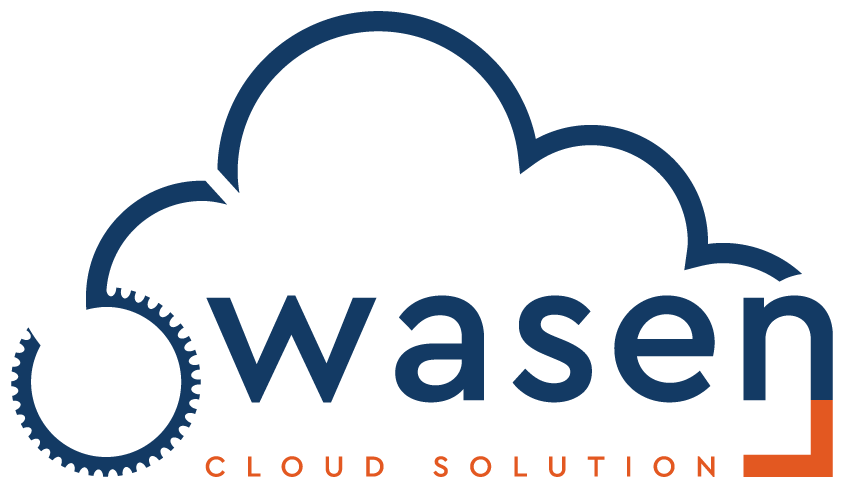Agile Development

Microservices API Graph QL
Scalability
Microservices allow for horizontal scaling, which means you can add more instances of a service to handle increased demand. APIs and GraphQL provide a standardized way to access and manipulate data across services, making it easier to scale and manage the architecture.
Flexibility
With a microservice architecture, each service can be developed, tested, and deployed independently. This allows for faster iteration and updates, and also reduces the risk of system-wide failures. APIs and GraphQL offer flexibility in accessing data and functionality, making it easier to add new features or integrate with external systems
Resilience
Microservices can be designed to be fault-tolerant, meaning that if one service fails, it won't affect the entire system. APIs and GraphQL also offer built-in error handling and can provide detailed error messages to help diagnose issues.
Better resource utilization
Microservices can be deployed on different infrastructure, which means that you can use the most appropriate technology stack for each service. This can lead to better resource utilization and cost savings.
Improved development velocity
With microservices, teams can work independently and deliver new features more quickly. APIs and GraphQL provide a clear and consistent interface for accessing functionality, making it easier for teams to work together and reducing development time.
Increased agility
The combination of microservices, APIs, and GraphQL offers greater agility in responding to changing business requirements. You can add or remove services as needed, change APIs or GraphQL schemas, and iterate on features more quickly.
Mobile Development
Native App Development
Building apps specifically for a particular mobile platform, such as iOS or Android, using platform-specific languages and tools. Native apps provide the best performance and user experience but require separate development efforts for each platform.
Hybrid App Development
Building apps that run inside a native container, using web technologies such as HTML, CSS, and JavaScript. Hybrid apps can be built using frameworks such as Apache Cordova or Ionic.
Progressive Web Apps (PWA)
Building web applications that can be installed on a user's mobile device like a native app, but are actually websites that run in a browser. PWAs offer a responsive and user-friendly experience, but are limited in terms of access to device-specific features.
Cross-Platform App Development
Building apps that can run on multiple platforms using a single codebase. Popular cross-platform frameworks include React Native, Xamarin, and Flutter
Integration Services
API (Application Programming Interface) integration
Microservices allow for horizontal scaling, which means you can add more instances of a service to handle increased demand. APIs and GraphQL provide a standardized way to access and manipulate data across services, making it easier to scale and manage the architecture.
Data integration
With a microservice architecture, each service can be developed, tested, and deployed independently. This allows for faster iteration and updates, and also reduces the risk of system-wide failures. APIs and GraphQL offer flexibility in accessing data and functionality, making it easier to add new features or integrate with external systems
Enterprise application integration
Integrating different enterprise applications such as ERP (Enterprise Resource Planning), CRM (Customer Relationship Management), and SCM (Supply Chain Management) systems to work together seamlessly.
Cloud integration
Integrating on-premise systems with cloud-based applications or platforms such as Salesforce, Amazon Web Services, or Microsoft Azure.
Mobile integration
With microservices, teams can work independently and deliver new features more quickly. APIs and GraphQL provide a clear and consistent interface for accessing functionality, making it easier for teams to work together and reducing development time.
B2B (Business-to-Business) integration
The combination of microservices, APIs, and GraphQL offers greater agility in responding to changing business requirements. You can add or remove services as needed, change APIs or GraphQL schemas, and iterate on features more quickly.
